WhatsApp emerged as a leading messaging platform by enabling seamless communication across borders and time zones. With its user-friendly interface, WhatsApp has transformed how we connect with friends, family, and colleagues. WhatsApp quickly gained popularity for its simplicity and cross-platform compatibility. It allows users to exchange messages, make voice and video calls, share content, and create groups. With over two billion users, it’s integral to our personal and professional lives today.
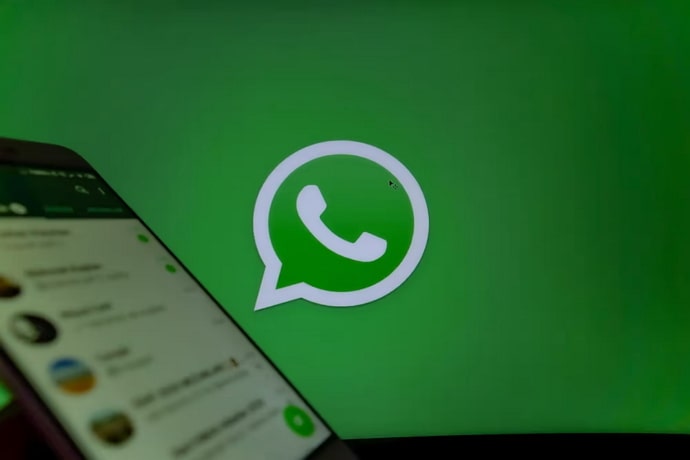
One feature of WhatsApp is its message deletion. Unlike traditional text messaging or messaging apps, WhatsApp delete messages after they have been sent. This allows users to rectify mistakes, retract messages, or remove content that’s no longer relevant or appropriate.
While the message isn’t visible, the deletion is still visible to the recipient. It adds a layer of transparency and notifies the recipient that a message was sent and subsequently removed. While it cannot completely undo the message, it provides an opportunity to correct errors and maintain open communication.
Privacy is a significant concern today, and WhatsApp has several measures to enhance user privacy and security. End-to-end encryption is a fundamental aspect of WhatsApp, ensuring messages and calls are encrypted from the sender to the recipient. Only the sender and recipient can see the messages, guaranteeing high privacy.
In addition to encryption, WhatsApp has features to safeguard user privacy. Users can control their profile information, including their profile picture, status, and about section. Privacy settings allow users to decide who can see their last seen status, profile picture, and about section.
WhatsApp also allows blocking or reporting contacts, letting users manage their interactions and maintain a safe environment. Users prevent them from sending messages, making calls, or seeing their online status by blocking a contact. Reporting helps WhatsApp identify and address any violations of its community guidelines, promoting a secure environment for all.
Today, we’ll discuss if the other user will find out when you edit one of the messages you send them.
If I Edit a Message on WhatsApp Will They Know?
For a better understanding, let’s first establish the state of message editing on WhatsApp. WhatsApp doesn’t have the option to edit messages once they have been sent. Unlike Telegram, WhatsApp lacks the built-in functionality to revise the content of a message while preserving its original form.
When a message is sent on WhatsApp, it’s a permanent part of the conversation. This means any changes made to the message won’t be reflected in the recipient’s chat. The original message cannot be modified, leaving users with limited options to rectify errors or make updates.
Message deletion
While editing a message on WhatsApp is impossible, users can delete messages they’ve sent. However, you must understand that message deletion is not without consequences.
When a message is deleted, the recipient receives a notification about it. The original message is replaced with a generic note, “This message was deleted,” drawing attention to the deleted content.
Deleting a message can create suspicion or raise questions about the sender’s intent. Recipients may wonder why a message was deleted, potentially leading to misunderstandings. You must exercise caution when deleting a message; it could have unintended consequences on a conversation.
Workarounds and alternatives
While WhatsApp doesn’t offer a message editing feature, users have alternative strategies to address content errors or clarifications. Let’s see a few of them.
Sending a follow-up message: If an error or omission is noticed after sending a message, one approach is to send a follow-up message with the correction. This ensures that the revised information is conveyed without altering the original message.
Using the reply feature: Another workaround is to use WhatsApp’s reply feature to add context to the ongoing conversation. Users can add necessary context by quoting the original message while providing additional information.
Acknowledging and addressing the mistake right away: When a mistake is made, one can emphasize the correction in the following interactions. By acknowledging the error and providing the corrected information, users can fix any misunderstanding before it happens.
In the end
WhatsApp is a large platform with billions of users to tend to. So, while it’s easy to ask for a feature, it’s important to understand that two billion users have to consent to it.
Message editing may be useful in some contexts, but on WhatsApp, it acts as another potential feature for mistrust. So, it’s not possible to edit messages on WhatsApp as of now.
However, some ways to get the desired result still don’t involve editing a message. These include message deletion, clarification, and clear communication.
If our blog has helped you with an issue, let us know the full story in the comments below!
Also Read:

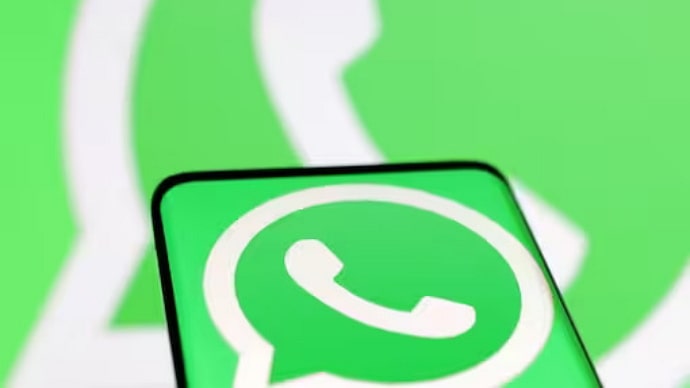
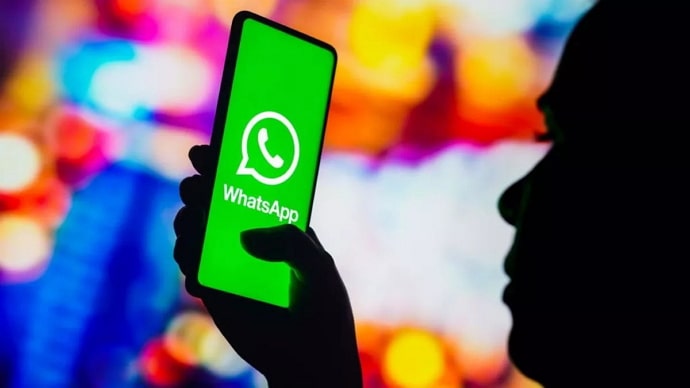
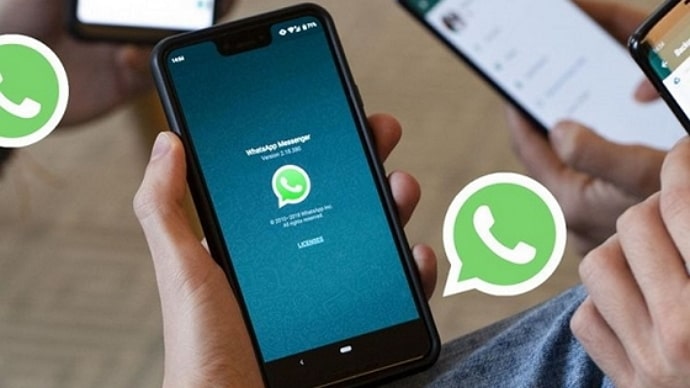
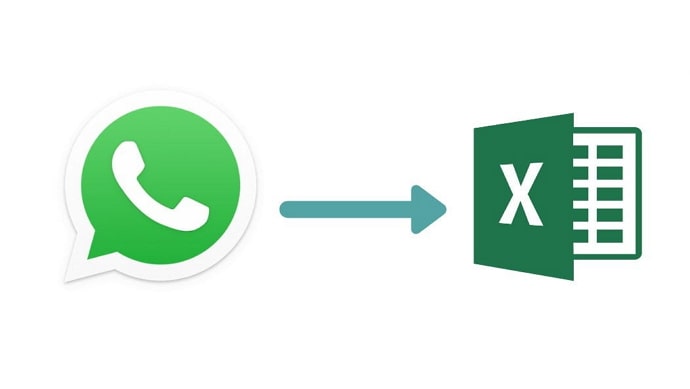
 Bitcoin
Bitcoin  Ethereum
Ethereum  Tether
Tether  XRP
XRP  USDC
USDC  Solana
Solana  Dogecoin
Dogecoin  Cardano
Cardano  TRON
TRON